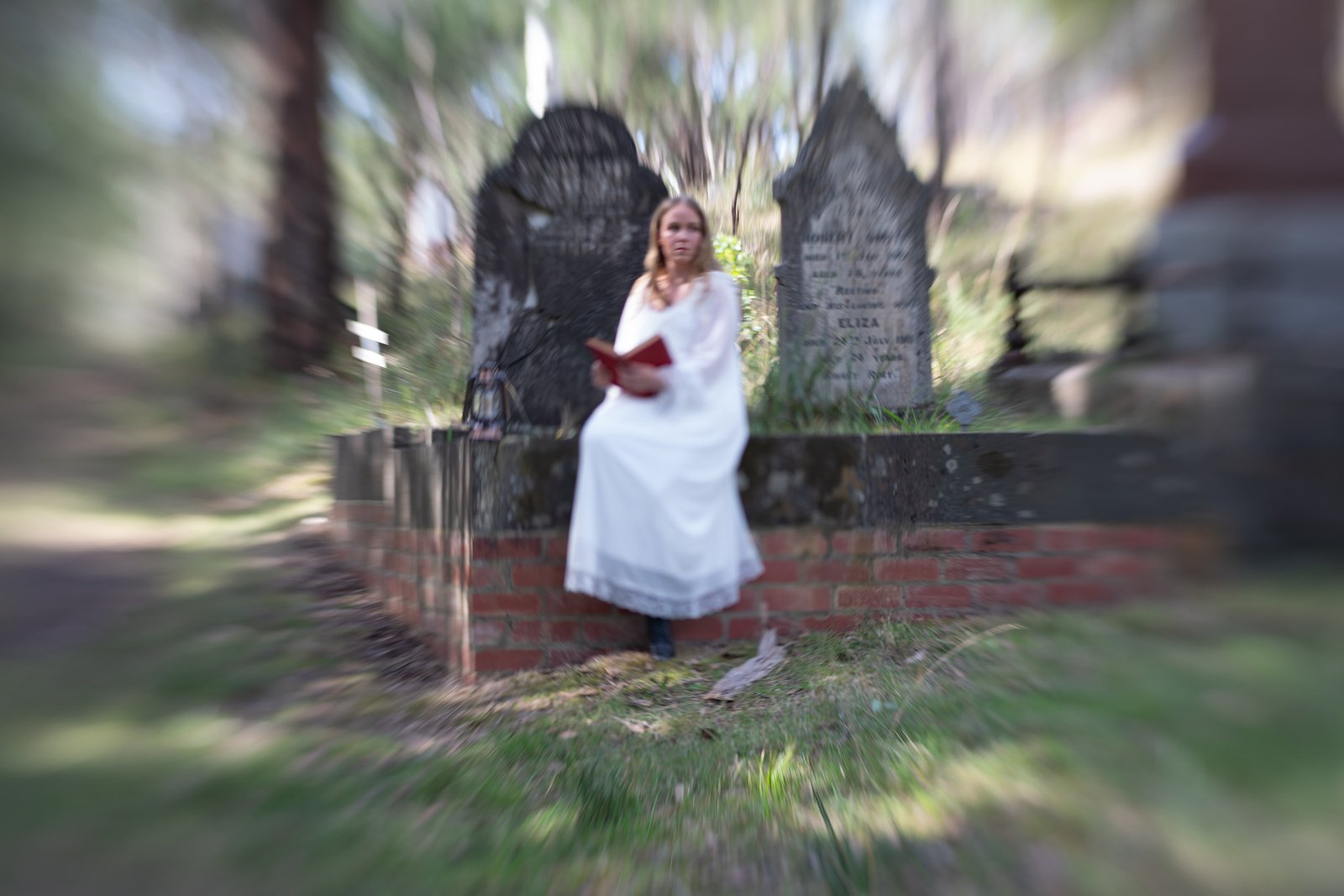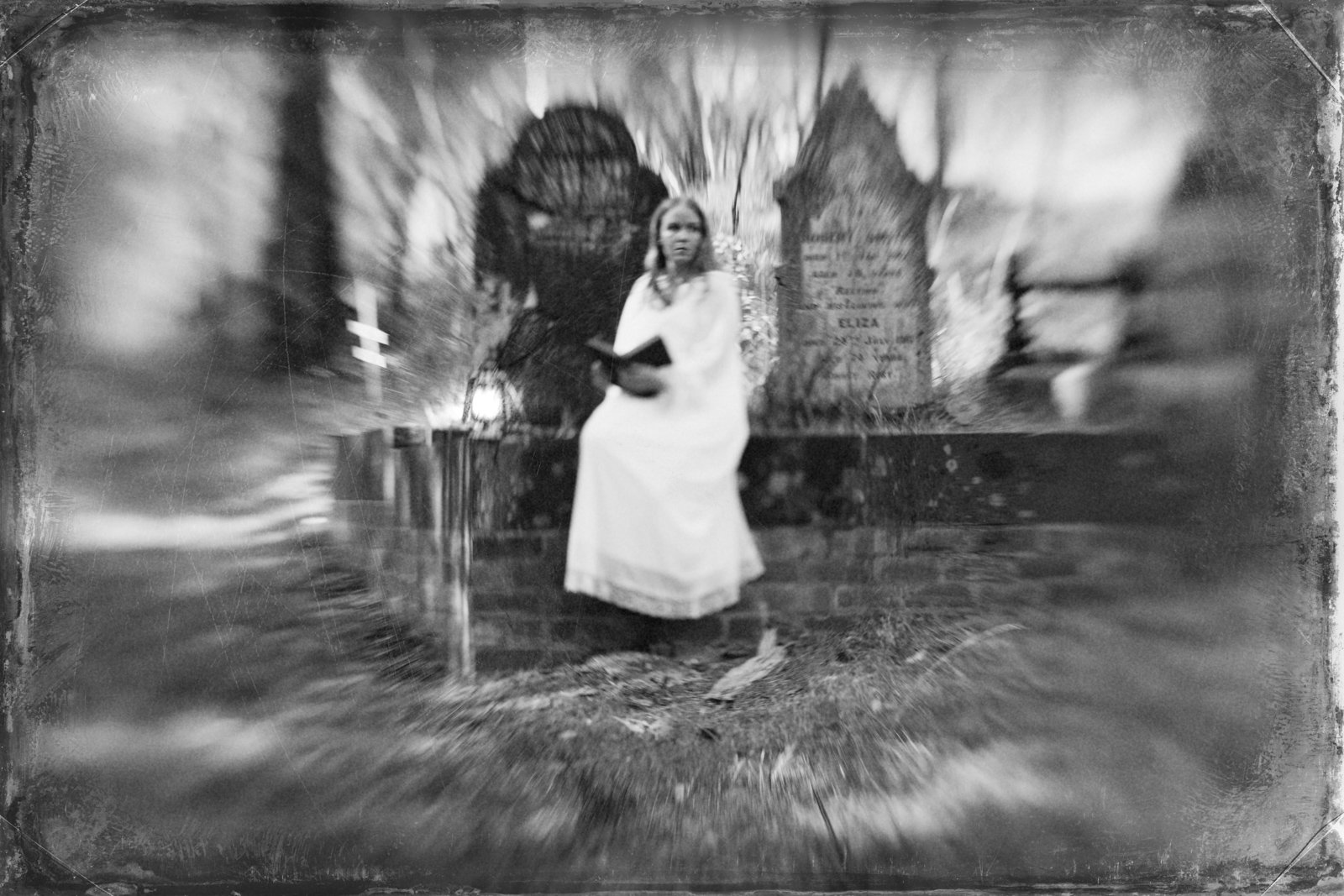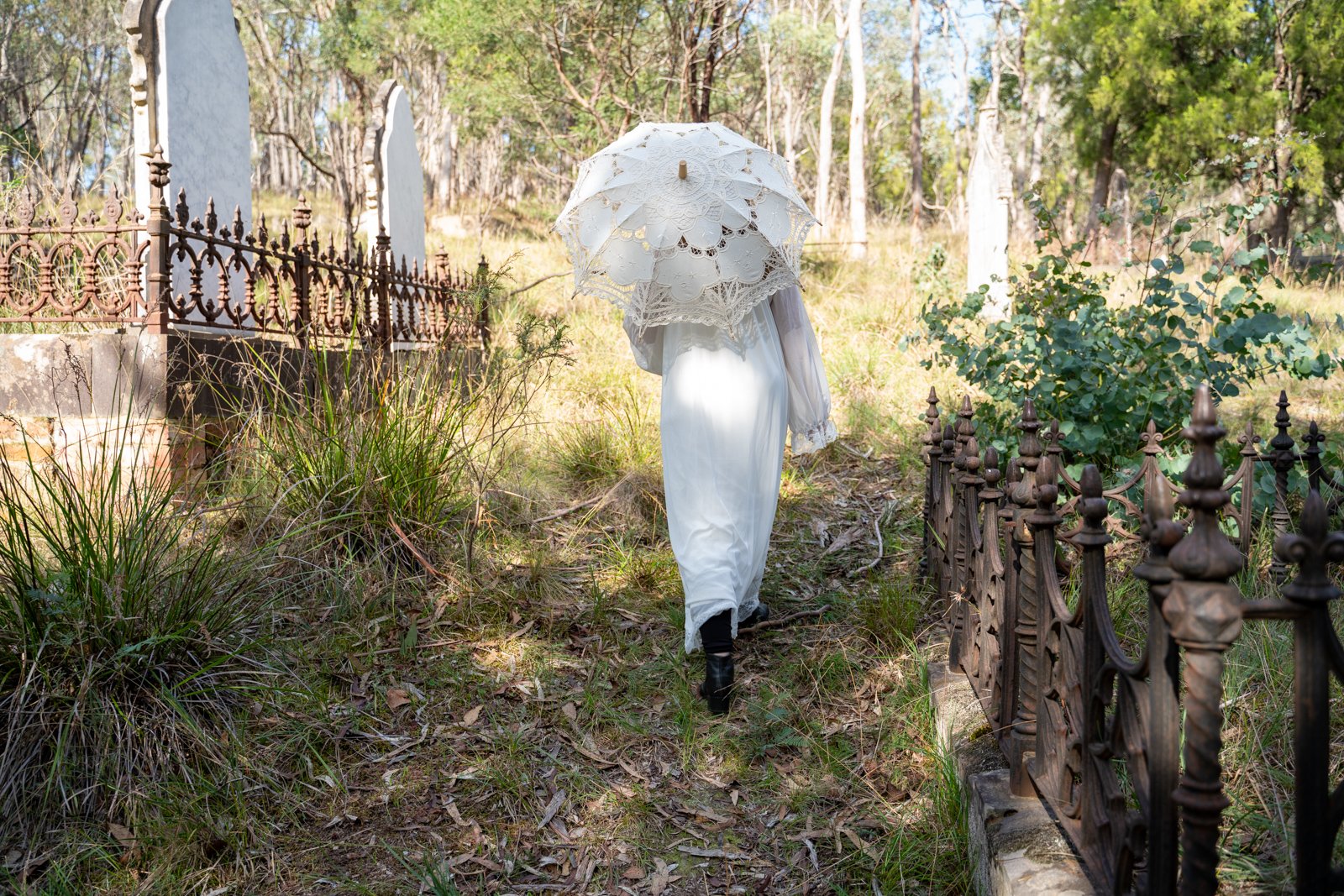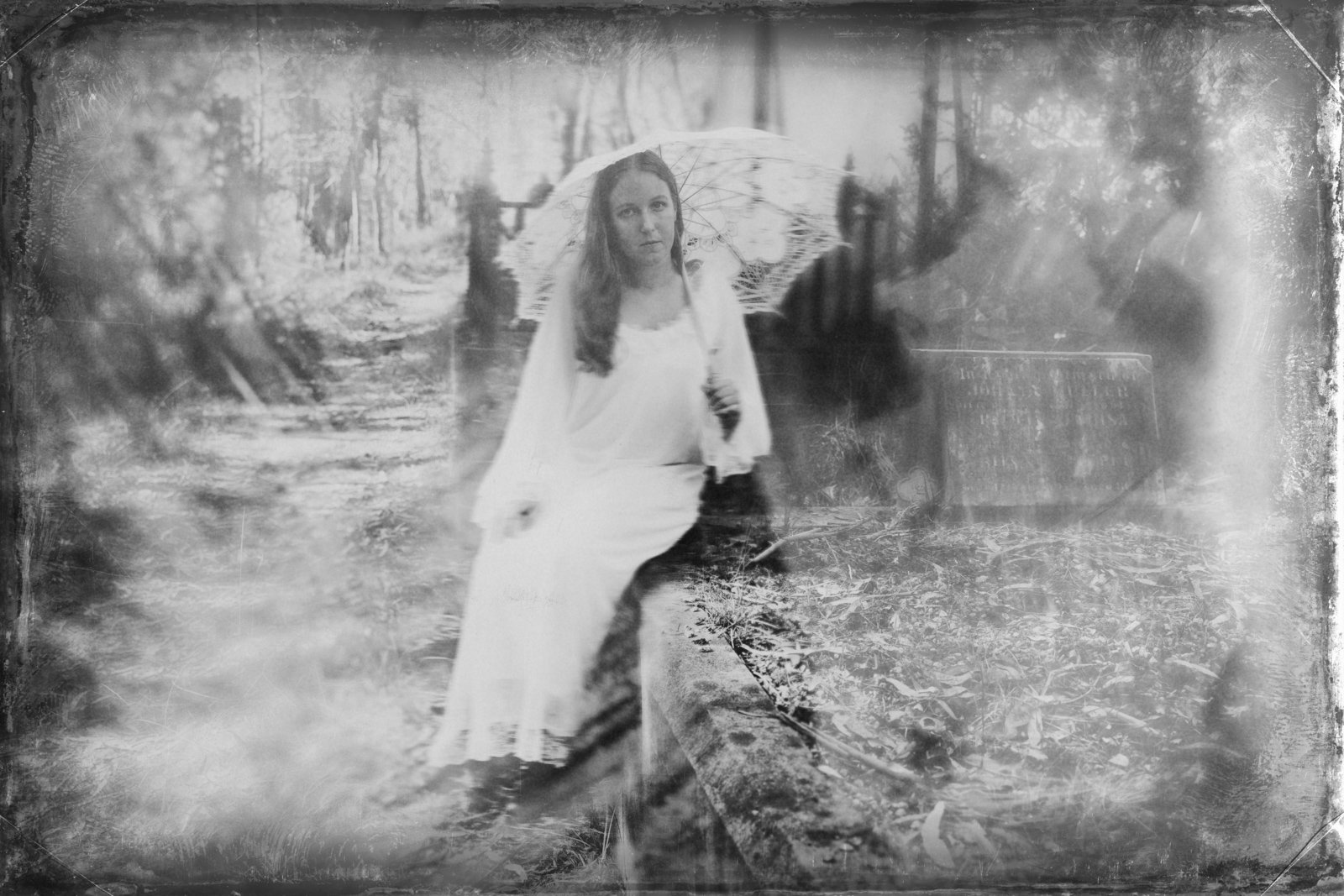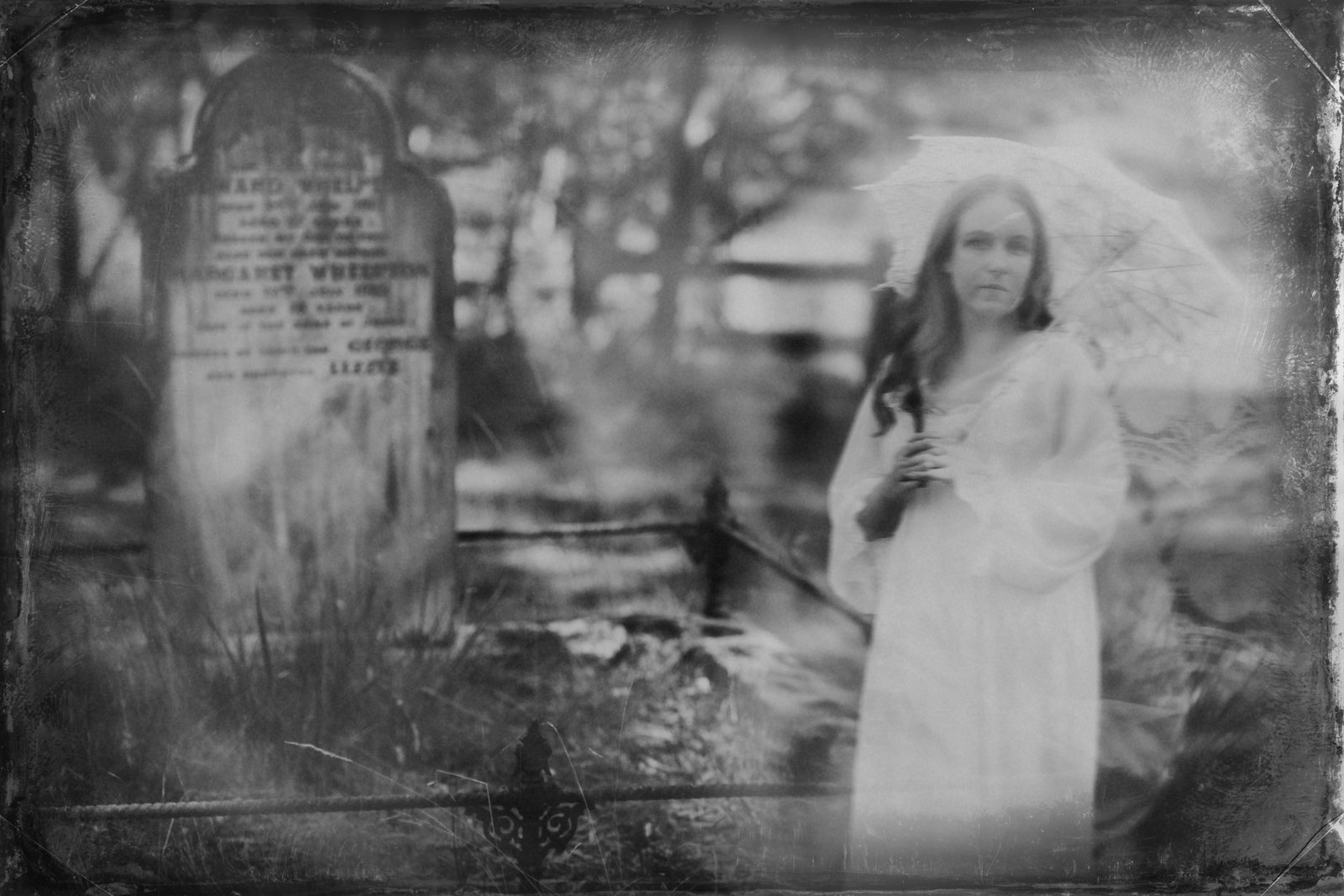Permission to play: The key to improving your photography
Photography is one of the most accessible forms of art available to us today. With the prevalence of smartphones, almost anyone can capture a moment and share it with the world.
But there’s a difference between taking a snapshot and creating a photograph. The former is simply a record of what happened, while the latter is an expression of the photographer’s vision and creativity. To truly create a photograph, you need to give yourself permission to play and experiment with your camera, and to accept that sometimes, you might fail.
When we’re learning a new skill, we often feel pressure to get it right on the first try. We’re afraid of making mistakes, and we’re worried about what other people will think of us if we fail. But the truth is, failure is an essential part of the learning process.
Every great photographer has made mistakes, taken bad shots, and experienced moments of self-doubt. The difference between them and someone who gives up is that they didn’t let those failures stop them from experimenting and pushing themselves to improve.
So if you want to take your photography to the next level, you need to give yourself permission to play. This means setting aside time to experiment with your camera, to try out new techniques and styles, and to take risks. It also means accepting that not every shot will be a masterpiece, and that’s OK. The more you play, the more you’ll learn, and the more your skills will grow.
Create a challenge
One way to give yourself permission to play is to set yourself a challenge. Choose a theme or a style that you want to explore, and give yourself a set amount of time to create a series of photographs.
For example, you could challenge yourself to take 10 black-and-white street portraits in a week or to create a series of abstract images using only natural light. By setting a specific goal, you’ll give yourself a framework to work within, but you’ll also have the freedom to experiment and play.
I wanted to capture some creepy vintage-looking paranormal images of ghostly specters. Using techniques like double-exposure, with vintage wet plates look. My camera Sony A7RIII does not do in-camera double-exposures, so I had to get creative. I used two different 80mm lenses to capture the original images, the Sony 85mm portrait lens (beautiful dreamy sharp images) and the Lensbaby Sweet80, soft, blurry, dreamy ethereal images). I then blended them in Photoshop and add some Nik Analogue Effects with the Double Exposure too, added the Weplate look, some light leaks and dust and scratches.
Break the rules
Another way to give yourself permission to play is to break the rules. Photography has a set of conventions and guidelines that we’re often taught to follow, such as the rule of thirds or the importance of sharp focus. Sometimes, breaking those rules can lead to more interesting and dynamic images.
Try intentionally breaking a rule or two in your next photoshoot and see what happens. For example, you could intentionally blur your subject to create a sense of movement. Or you could frame your shot in an unconventional way to create a more abstract image.
Of course, giving yourself permission to play also means being willing to fail. Not every experiment will result in a great photo, and that’s OK. In fact, some of the best learning experiences come from mistakes and failures. When you take a photo that doesn’t turn out the way you wanted it to, don’t get discouraged. Instead, take the time to analyze what went wrong and think about how you could do things differently next time.
My challenge
I chose with my challenge to not get perfect focus, to intentionally miss the mark. I wanted soft blurry images which only hinted at a solid form. From a professional portrait photographer, that is certainly breaking all the rules. I got my model in position and took a photo with my 85mm lens, then switched cameras and lenses and captured my sweet80 shot, then had the model move out of the frame and captured the same photo with each lens with no model.
Of course, sometimes I liked having the face in focus, but old habits die hard, as they say. This time trying to get as much in focus as possible. The 85mm was much better suited to this task. The Sweet80 failed on this task but was perfect for the model shot.
Ask for feedback
One way to learn from your failures is to share your work with other photographers. Joining a photography community or sharing your work on social media can be a great way to get feedback and constructive criticism. Be sure to seek out communities that are supportive and encouraging, (like our Photofocus Community) rather than ones that focus solely on technical perfection.
The most valuable feedback is often the kind that helps you grow as an artist, rather than simply pointing out your mistakes.
I was pleasantly surprised that my peers (and students) actually liked my final images. They commented on the fact that I don’t take myself too seriously and am willing to challenge myself often inspires them to have a go. Once upon a time, I would belittle myself for not getting things perfect on the first try, but now I take everything as a learning experience. The good and the bad.
Giving yourself permission to play with your photography is essential if you want to grow as an artist. It means being willing to experiment, take risks, and break the rules. It also means accepting that not every shot will be a masterpiece, and that’s OK.
By playing and experimenting, you’ll learn new skills and techniques, and you’ll develop your own unique style and vision. So go ahead, give yourself permission to play and learn and grow. If nothing else, it might be fun.


